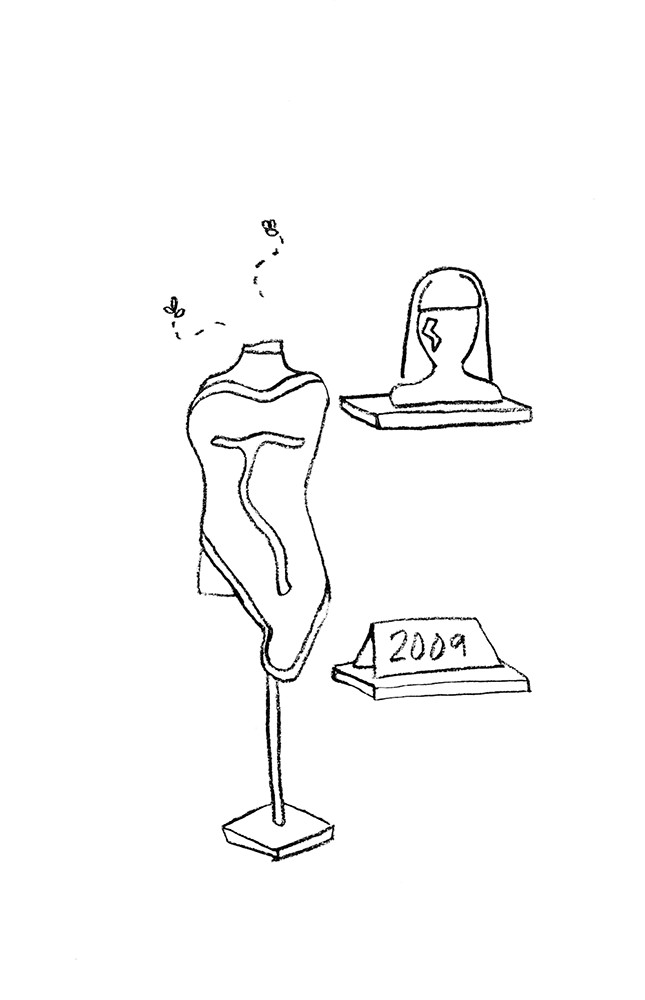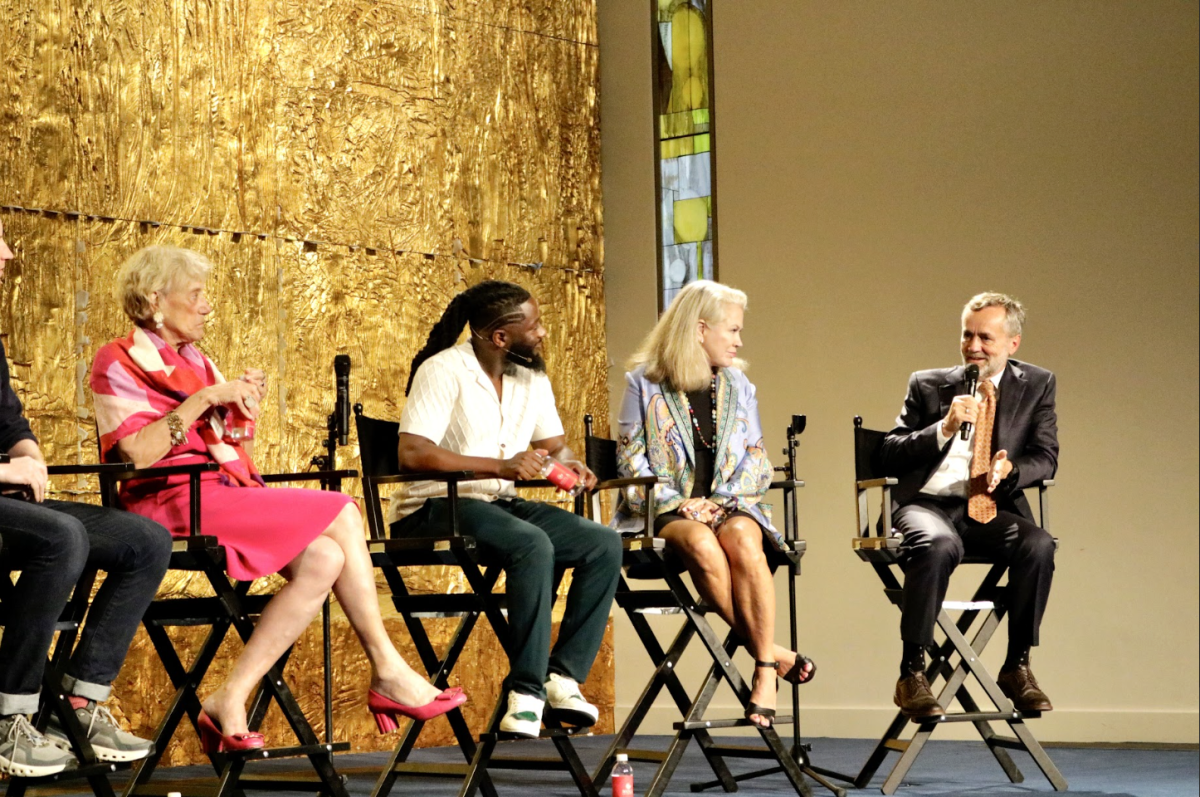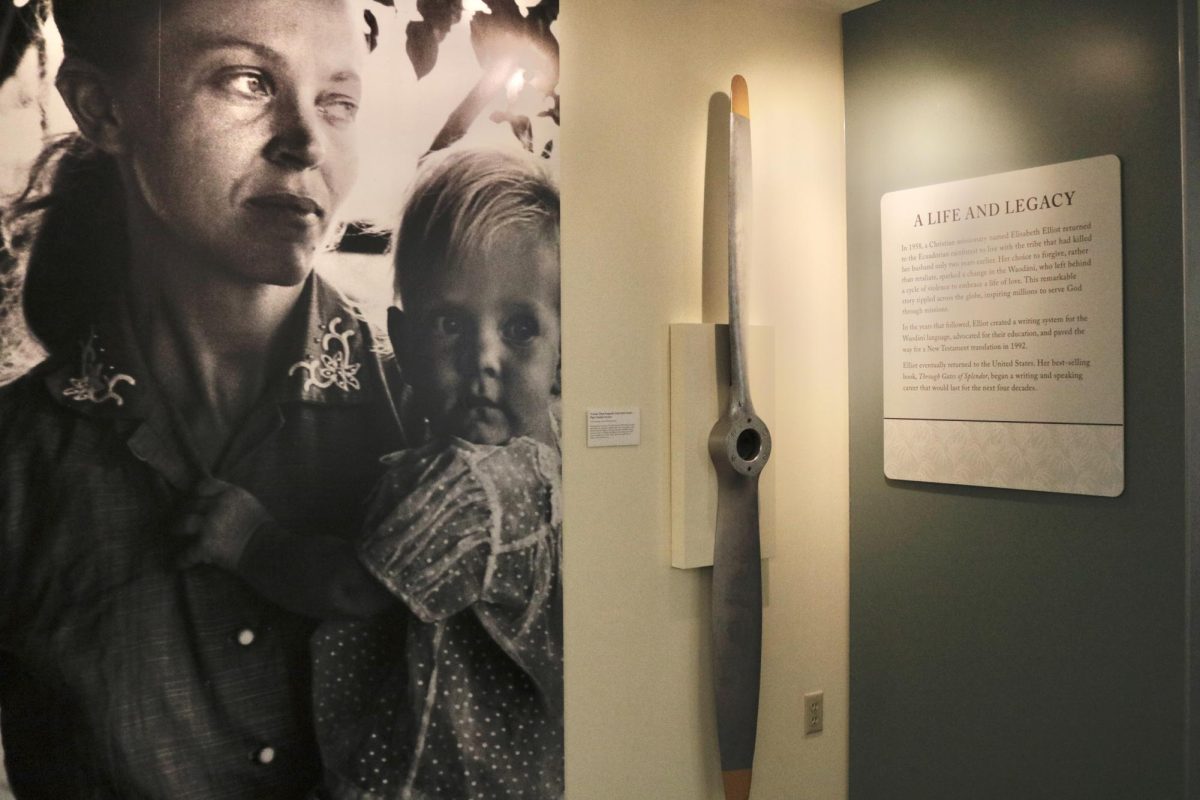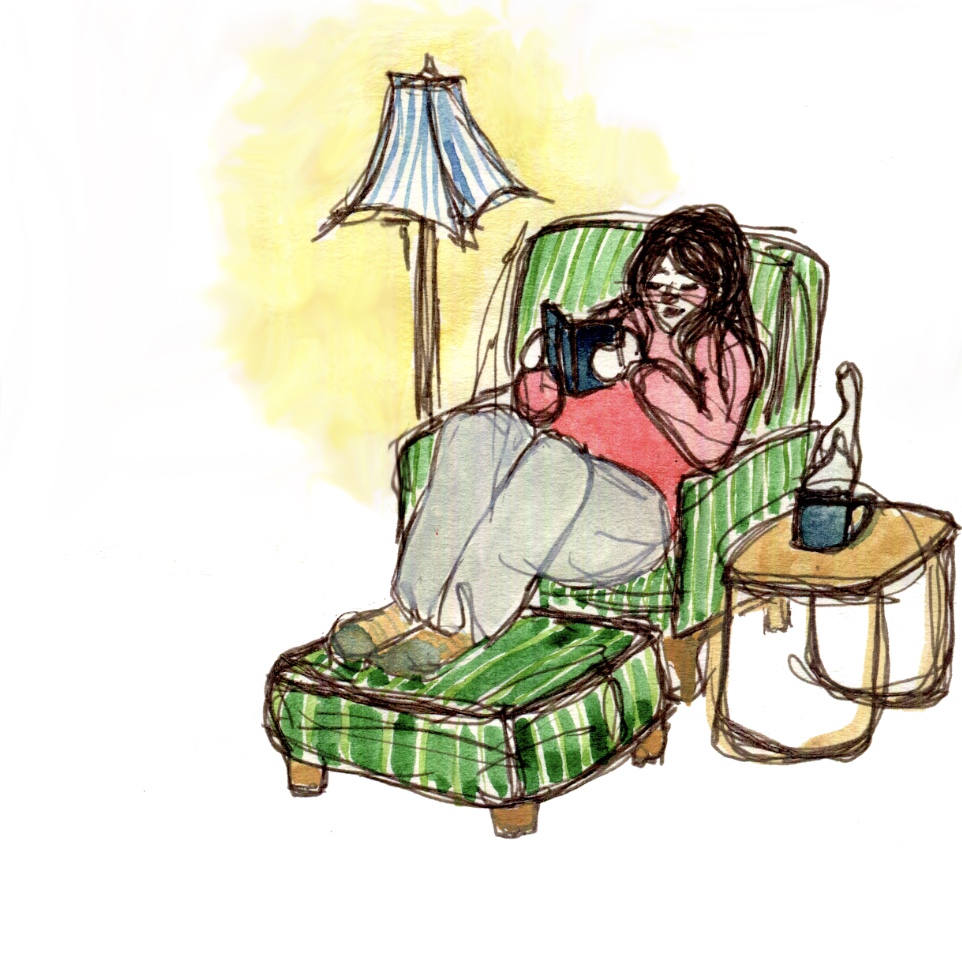Too-short daisy dukes and handmade crop tops have replaced the pop star’s previous glamor. With this new look comes a new sound and ultimately begins a new era for Lady Gaga. “Joanne,” named after the artist’s middle name, delivers tires-on-gravel vocals and nude-makeup-hues vulnerability. This album has to stand on its own without its predecessors. Pre-“Joanne” Gaga fans must listen to this album as if it comes from a new artist or else they have not only set themselves up to dislike the album but set Gaga to fail. It took a few times listening to the album to successfully hear “Joanne” and see it as its own.
failed to raise the excitement
“Joanne’s” first single, “Perfect Illusion,” failed to raise the excitement for the album’s release and failed to represent the artist’s new sound. Its dance tempo, compared to the rest of the tracks, seemed rushed. The repetition of the lines, “It wasn’t love… It was a perfect illusion” does not do justice to Gaga’s song writing abilities.
“A-YO,” the album’s third single, did a much better job at giving the fans a look into what to expect. With a toe-tapping, hand-clapping beat, an almost country vibe can be heard. On “Saturday Night Live,” Gaga performed the song wearing a pastel-pink cowboy hat with a glittered-up western get-up and matching cowboy boots. This hoedown track can be paired with the country rock sound of “John Wayne,” the album’s fourth track.
Synthesized vocals and electric guitar riffs earn the song its place in the country genre. Not only that, but the bass and kick combo of “Sinner’s Prayer” along with Gaga’s dark and mysterious lyrical storytelling has one visualizing a damned western cowboy haunting a ghost town in the middle of fall. These songs alone embody the grit of “Joanne.”
Emergence of vulnrability
Vulnerability also emerges through the album’s lyrics, expressing pleas for help. The head-bopping “Come to Mama” presents a cry for social peace with its line, “there’s gonna be no future, if we don’t figure this out.” Gaga’s agony-filled vocal runs in the song hold the same effect in the toned-down “Hey Girl,” which features Florence Welch, lead singer of Florence and the Machine. And “Joanne,” the title track, also helps give the feeling of vulnerability from Gaga to her audience.
What does the change mean exactly? Gaga told Charlie Stayt from BBC Breakfast her change in outfits has to do with self-expression. Her outlandish outfits that stole the spotlight every year in the music awards were an expression of how she was feeling at the time and now we can see her doing the same thing, but with different clothes.
Along with that, the raw honesty in her lyrics display another level of Gaga opening up to her fans. “The Fame” from 2008 and “The Fame Monster” from 2009 set the stage for pop culture and its future. “Born This Way” from 2011 gave fans a peek into Lady Gaga’s past. “Joanne” gives perspective on her present. Each of her albums give fans courage for self-expression, and “Joanne” represents Gaga doing the same for herself.







